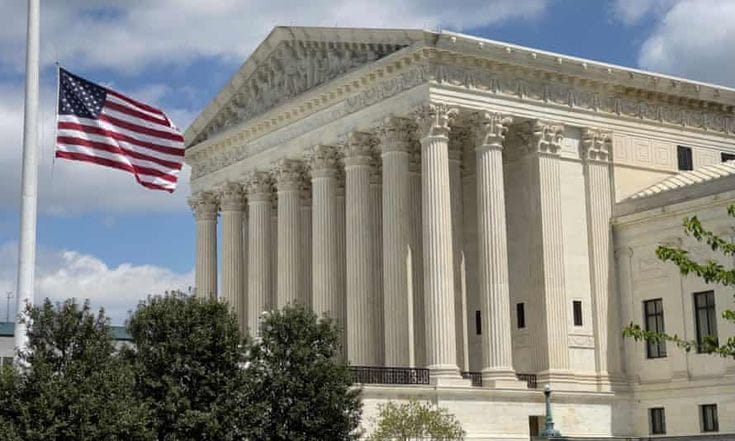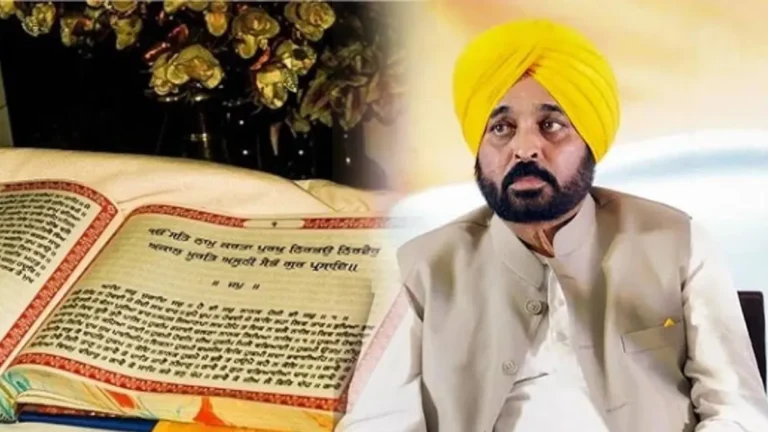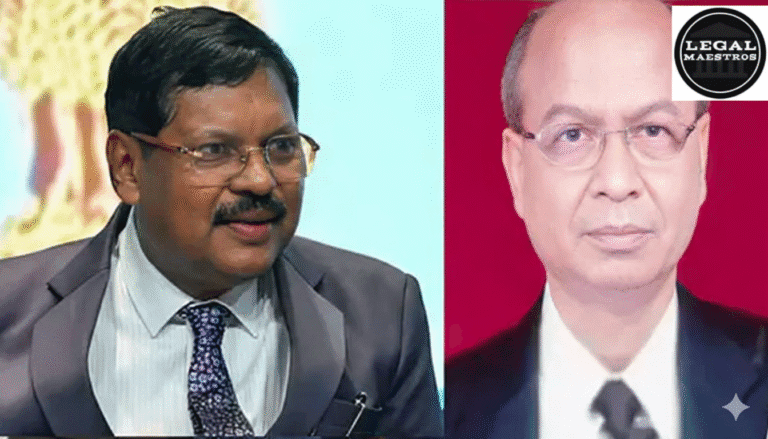
In a dramatic judicial twist of broad significance, the U.S. Supreme Court on July 8, 2025, dissolved an injunction issued by a lower court that had prohibited the Trump administration from proceeding with en-masse federal dismissals across various agencies. The action provides temporary but considerable legal support to President Donald Trump’s contentious attempts to transform the federal bureaucracy, one of the most significant administrative decisions of his second term.
At the center of the controversy lies Trump’s February 2025 executive order calling on federal agencies to plan for a massive reduction in the civil service through a program managed by the newly established Department of Government Efficiency (DOGE). The department, launched initially by Elon Musk but then cut short by his sudden departure, is charged with cutting federal employment, closing specific programs, and radically reorganizing agency structures.
Supreme Court’s Green Light
The unsigned order of the Supreme Court does not dispose of the case but permits the administration’s plans for reducing the workforce, officially described as “reductions in force” or RIFs, to go forward pending litigation. The court concluded that the administration is “likely to succeed” in its argument that the executive order and supporting memorandum are legal, but did not consider the legality of any particular agency plans.
For any queries or to publish an article or post or advertisement on our platform, do call at +91 6377460764 or email us at contact@legalmaestros.com.
The decision was in reaction to an emergency appeal by the U.S. Department of Justice, following the rejection of a move by San Francisco-based U.S. District Judge Susan Illston. Illston’s May 22 decision suspended the layoffs, stating that Trump had overstepped his power and that these extensive structural modifications to the federal government needed Congressional consent.
Illston’s ruling also ordered reinstatement of those already terminated, although she suspended that aspect of her decision pending appeal.
A Sharp Dissent
Justice Ketanji Brown Jackson objected alone in the 6-3 decision. In a forcefully worded opinion, she chastised the majority’s willingness to grant cover for what she termed “legally questionable actions” by the administration in an emergency footing.
For any queries or to publish an article or post or advertisement on our platform, do call at +91 6377460764 or email us at contact@legalmaestros.com.
She pointed out Illston’s injunction had only tried to maintain the status quo pending the courts’ full evaluation of the constitutional issues in play. “This Court’s decision marks an alarming deference to executive power over judicial review and congressional authority,” she wrote.
Restructuring at Scale
The Trump administration has marked several federal departments, from Health and Human Services to Commerce, Treasury, and Veterans Affairs, for wholesale staff reductions. The firings, officials indicate, are part of a larger effort to “streamline” federal operations and cut programs considered inefficient or ideologically out of sync with the administration’s objectives.
While the administration portrays this attempt as required for government reform, its critics contend that it threatens to paralyze necessary public services and erode democratic norms. Don Moynihan, a public policy expert at the University of Michigan, called the layoffs “unprecedented in scope” and warned that the ruling enables the president to “do severe and irreparable damage to the public sector.”
For any queries or to publish an article or post or advertisement on our platform, do call at +91 6377460764 or email us at contact@legalmaestros.com.
Public and Political Reaction
The public is widely split. In an April 2025 Reuters/Ipsos survey, 56 percent of Americans approved of Trump’s federal shrinking plan, while 40 percent disapproved. Support was further polarized along party lines: 89 percent of Republicans supported it, compared with only 26 percent of Democrats.
The decision has sent shockwaves through unions, nonprofits, and municipalities, many of which are plaintiffs in the case in chief. In a joint statement, they denounced the ruling as a “serious blow to our democracy” and vowed to press the fight in court.
This decision does not change the fact that federal agency reorganization and employee layoffs without congressional consent is unconstitutional,” the plaintiffs said.”We will persevere on the behalf of the American people and the communities we represent.”
Constitutional Stakes
The Justice Department, in its argument supporting the firings, argued that Article II of the Constitution gives the president a great deal of power to instruct executive-branch workers without first having to go through Congress. “The Constitution does not create a presumption against presidential control of agency staffing,” the DOJ argued in its Supreme Court briefing.
But critics caution that this definition could make it easier for presidents to take broad executive actions that constitutionally redefine the relationship between the branches of government.
For any queries or to publish an article or post or advertisement on our platform, do call at +91 6377460764 or email us at contact@legalmaestros.com.
The Road Ahead
Although the Supreme Court has permitted the firings to go ahead at the moment, the litigation is a long way from being resolved. Lower courts will keep questioning if Trump’s precise restructuring and program-cutting plans run beyond what the law authorizes the executive branch to carry out.
In the meantime, federal agencies will step up implementation, and a large number of employees, especially those who are probationary or non-unionized, are now in immediate jeopardy of losing their jobs.
In effect, the Supreme Court decision has delivered a big victory for President Trump, confirming his ability to drive fundamental transformation of the federal workforce. But it has also triggered a red-hot constitutional fight for checks and balances that is sure to echo far beyond this presidency.
For any queries or to publish an article or post or advertisement on our platform, do call at +91 6377460764 or email us at contact@legalmaestros.com.
References:
- Reuters – Supreme Court clears way for Trump to pursue mass federal layoffs
- Washington Post – Trump’s mass layoff plan and Supreme Court’s support
- Politico – Federal workers brace for layoffs
- SCOTUSBlog – Emergency orders and executive power
- [U.S. Department of Justice – Emergency appeal brief, June 2025]






